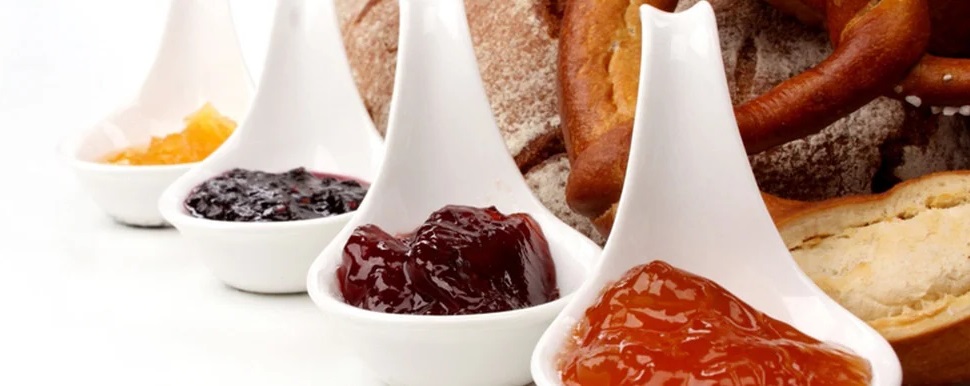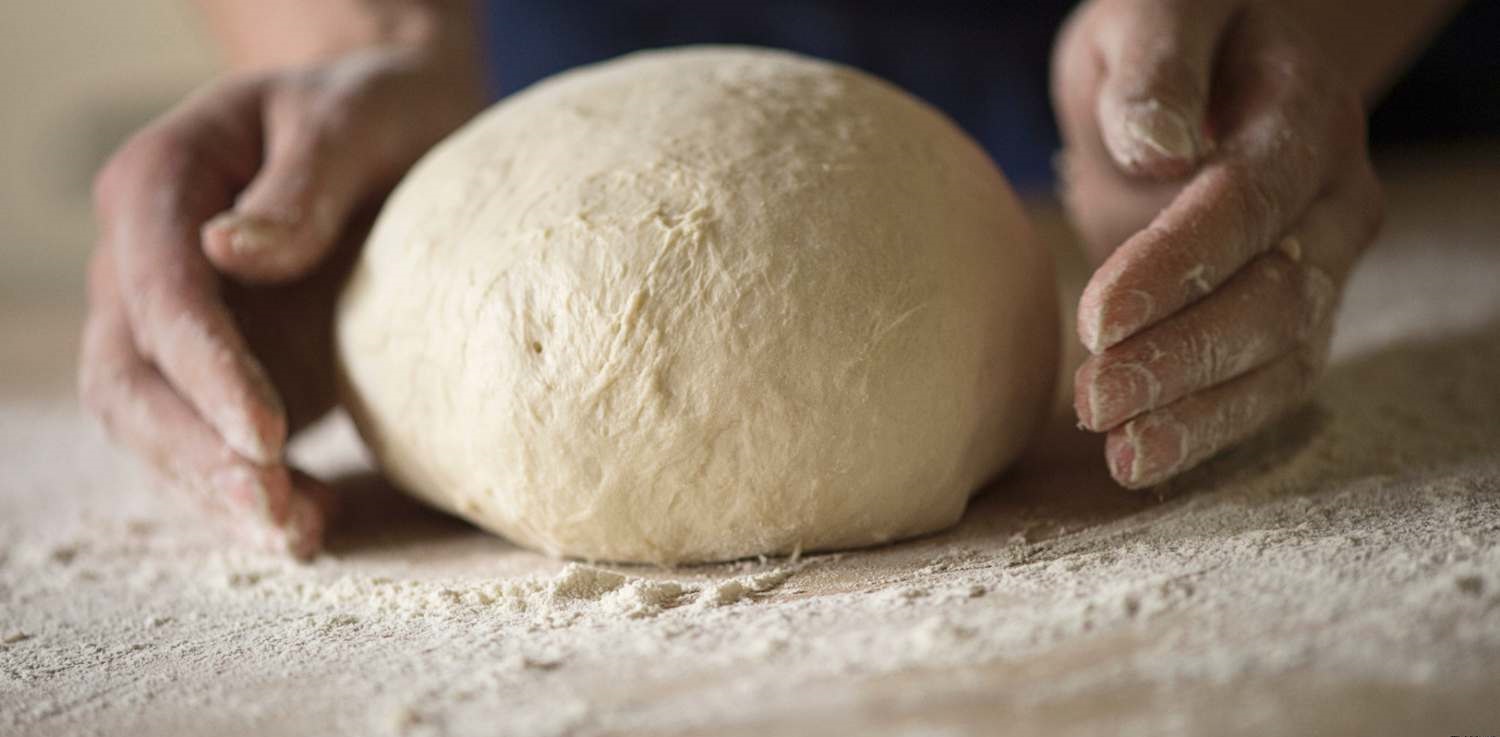Drying is one of the oldest and most effective methods of food preservation. Yet modern food production demands far greater precision than traditional sun-drying or hot-air systems can offer.
No matter whether youŌĆÖre drying fruits, herbs, meat, or vegetables, the challenge remains the same, how to remove moisture efficiently without compromising flavor, color, or nutritional value?
ThatŌĆÖs why modern hybrid dryers are becoming the optimal solution. These systems combine condensation drying (heat pump technology) and convection drying technologies into a single, highly energy-efficient process.
We have recently developed a hybrid drying cabinet that uses this dual principle to achieve both exceptional energy savings and superior product quality.
The principle of food drying
In any drying process, the goal is to remove moisture from the raw material while maintaining its structure, aroma, and nutrients.
Moisture is typically evaporated by heating the product surface, after which water inside the material moves outward through diffusion.
However, excessive heat can cause caramelization, discoloration, or nutrient loss, which is why the drying method and temperature are both critical.
There are three main industrial drying methods used today
1. Convection Drying
This traditional method uses heated air to evaporate moisture from the surface of the product. Air is circulated through the drying chamber, typically at +35┬░C to +120┬░C, while the moist air is continuously vented out through exhaust fans.
Convection drying alone is not the fastest or most energy-efficient option, but it is reliable and suitable for a wide range of products that are not overly sensitive to heat, such as root vegetables, mushrooms meat, and nuts.
Drawbacks include:
- Continuous intake of ambient air, which can vary in humidity and temperature depending on the weather.
- Energy loss as the hot air is expelled from the chamber.
- Risk of dust or odor contamination from the surrounding environment.
2. Condensation (Heat Pump) Drying
Also known as heat pump drying, this energy efficient method operates at lower temperatures (typically +30┬░C to +45┬░C) within a closed air loop. Instead of expelling moist air, it is recirculated through a condensation unit where water vapor is condensed and drained as liquid.
This approach is ideal for delicate, temperature-sensitive products such as berries, herbs, teas, or pharmaceutical ingredients. It is highly energy-efficient, as the heat is recovered and reused rather than lost through ventilation.
3. Infrared Drying
Infrared drying uses radiant heat waves that penetrate the surface and pores of the product, heating it from the inside out.
It is highly efficient, since it minimizes energy wasted on heating air and enables fast, uniform moisture removal. Infrared systems are well suited for thin-layer products such as fruit slices, grains, and herbs.
However, they come with a higher initial investment cost, and the drying depth is limited, which makes them less effective for denser or thicker materials compared to regular or hybrid systems.
The hybrid solution: combining the best aspects of convection and condensation drying
Our new MAK DRYER HYBRID merges the advantages of both condensation and convection drying into one intelligent system.
It allows operators to run the unit in heat pump mode or a combined hybrid mode, depending on the product type and desired drying profile ŌĆö achieving faster, more energy-efficient, and higher-quality results than either method alone.
- In condensation mode, the dryer maintains a low, stable temperature ŌĆö ideal for products that require gentle handling.
- In hybrid mode, it can briefly activate convection heating to raise the initial air temperature, initiating evaporation more rapidly. After this, the heat pump continues the process for efficient dehydration.
Both systems can also run concurrently for faster cycles when working with products that are not very heat-sensitive.
This dual approach dramatically reduces drying time without risking overheating or nutrient degradation.
Examples:
Herbs, berries, and teas are best dried using condensation mode for gentle, low-temperature processing.
Meat, mushrooms, or root vegetables benefit from hybrid mode, where convection removes surface moisture quickly, and the heat pump efficiently completes the cycle.
Why hybrid drying is the future
Unlike conventional dryers that constantly exchange air with the surroundings, pulling in humid ambient air and releasing warm, moisture-laden exhaust - a hybrid dryer recirculates warm air inside the chamber, retaining almost all thermal energy.
The results:
- No significant heat loss during operation.
- Cleaner processing - no dust or odors entering or escaping.
- Only pure condensate as the by-product.
- Stable temperature and humidity control throughout the entire cycle.
In addition, hybrid systems are environmentally friendly and significantly reduce energy consumption, since the heat pump reuses the same thermal energy multiple times rather than venting it into the atmosphere.
Key advantages of hybrid drying systems
- Energy efficiency: Up to four times lower power consumption than conventional convection dryers.
- Versatility: Suitable for fruits, vegetables, meat, fish, nuts, herbs, teas, and even liquid or semi-liquid foods when using trays.
- Faster processing: Combined convection and condensation heating speeds up evaporation while maintaining consistency.
- Nutrient and color preservation: Low temperatures prevent caramelization and maintain natural texture, flavor, and color.
- Clean operation: Closed-loop air circulation prevents contamination from dust and odors.
- Ease of control: Digital regulation of temperature, humidity, and fan intensity ensures reproducible results.
- Sustainability: Minimal heat emission and reduced environmental impact.
A new standard in industrial food drying
The MAK DRYER HYBRID represents a major step forward in food dehydration technology.
It is a smart, energy-efficient system that gives food processing businesses the flexibility to handle a wide range of raw materials and recipes.
By integrating condensation drying with the use of a heat pump and convection airflow, this hybrid system delivers the best of both worlds: speed and delicate processing, as well as energy efficiency, ultimately leading to lower operating costs.

















